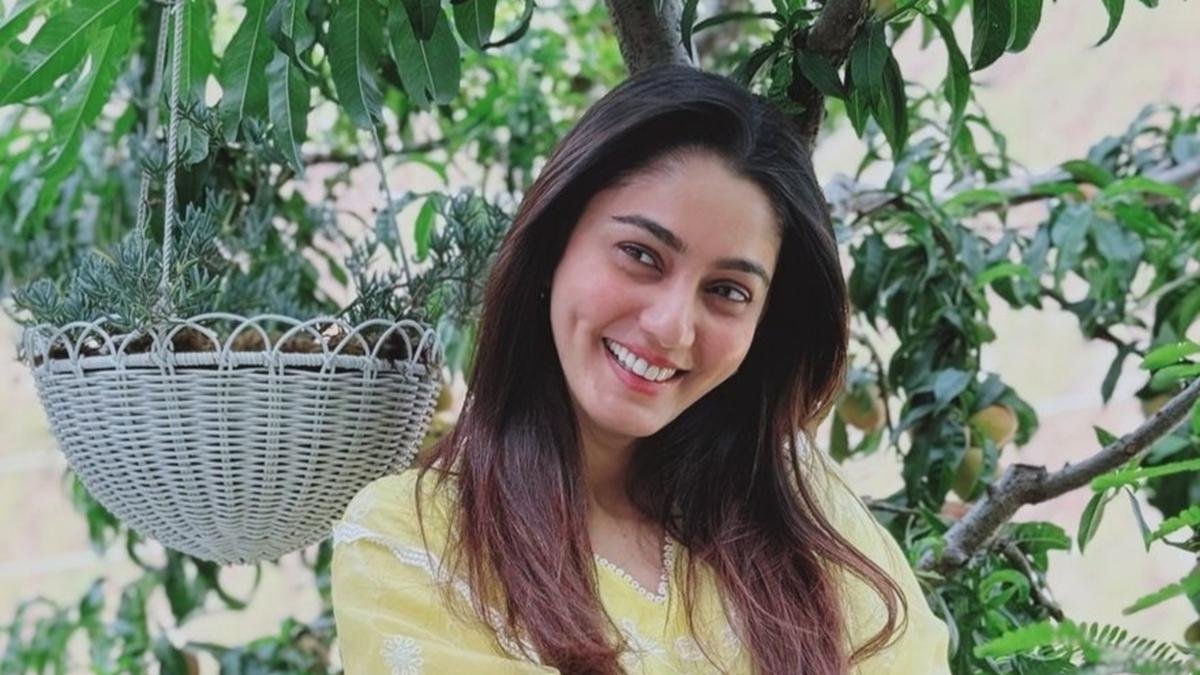An exhibition of over 80 postcards titled Hello & Goodbye: Postcards from the Early 20th Century is currently underway at the Museum of Art and Photography (MAP), showcasing missives from India’s colonial era.
It would seem that X (formerly Twitter), does not have dibs on character restriction. According to Khushi Bansal who curated Hello & Goodbye along with Meghana Kuppa and a team from MAP, “The messages on these postcards tell us a lot about life in those times. What is interesting is how abbreviations were used to convey news within a limited space; short forms are not a contemporary concept.”
Khushi says Hello & Goodbye was conceptualised “after we realised we have such an expansive post card collection at MAP”. A chunk of the collection comprises around 1,300 postcards that were donated by Kenneth X and Joyce Robbins to MAP.

From the Hello & Goodbye exhibition by MAP
| Photo Credit:
Special Arrangement
However, quantity alone is not reason enough for an exhibition. The team realised these postcards provided a wealth of information on life in those times, especially in areas of cultural identity and lived history.
“While some carry messages to loved ones, others talk about their visit to a small town or monument. We get a sense of what people abroad were talking about India, because a lot of these postcards were exchanged either within the Indian elite circle or between foreigners,” says Meghana.
“We learn about the cost of living, societal norms and more by browsing through them. We find a micro history of sorts within these postcards, shaped by colonial activity in India during this period,” she adds.
For over six months, the team pored over thousands of postcards from their collection, sorting them by different categories such as architecture, landscape and more. During this time, they referenced books such as Omar Khan’s Paper Jewels: Postcards from the Raj and Picturesque India: A Journey in Early Picture Postcards by Sangeeta Mathur and Ratnesh Mathur.
According to Khushi, the team focused on three aspects to structure Hello & Goodbye. “First, we looked at the overall history of the early 20th century. Though postcards were introduced in the late 19th century, we looked at the period during which they were most highly circulated,” says Khushi.
Interesting facets of human nature emerged during the team’s work with these postcards. “Over the course of our research, we found out that a lot of people wrote postcards in letter format, resulting in a series of notes from which the receiver would piece together information,” she says, adding that postcards were very much like social media of our day, with an image and limited space for text.
These postcards also give viewers a concept of time in today’s context. “Postcards were for quick and speedy communication, but would still take at least two weeks to be delivered, at least within India,” says Meghana.
According to Meghana, postcards of the 1800s only had a small space under the image for the sender to add a note with the reverse used only for addresses. It was only in the early 1900s, a design change saw more space alloted at the back, she says.

An embellished postcard from the Hello & Goodbye exhibition by MAP
| Photo Credit:
Special Arrangement
Second, the team began to look into how people’s use of postcards reflected the notion of their own identities and beliefs. “We looked at printing presses, the print culture that existed at the time and how it came about. This lead us to look at colonial identity and culture as well as the impact it had on our economy and politics.”
Khushi says there was a natural segue to memory and nostalgia as the final aspect of the exhibition. “At the end of it all, a postcard is a message from one person to another, and while most of them were little love notes between family, friends and lovers, they were also used by companies to communicate matters relating to business.” For instance, the team came across a postcard addressed to the Ravi Varma press in Lonavala regarding supplies, she says.
Postcards present
Though there are about 80 postcards on display, the team wanted vistors to enjoy the curation process as much as they did. “We’ve set up a little desk within the exhibition itself for people to experience is the act of browsing for themselves as well as reflect on the messages — it would also help them understand the process of curation,” says Meghana.
“Linking to the idea of how postcards revolutionised communication, we wanted to revisit the idea of sending postcards — whether to a loved one or even to yourself. So we set up a little table with yellow postcards from the post office with a stamp already affixed. Visitors who are so inclined can write a message and if they put in the correct address, we will mail it for them,” says Khushi.

MAP’s digital stamp
| Photo Credit:
Special Arrangement
The team at MAP also put together a digital postcard greeting. “This essentially means you can play around with different backgrounds and elements to design your own postcard. Once done, you can scan a QR codeas well as a specially designed stamp by MAP and email this digital version to any recipient,” she adds.
The digital stamp was designed by Mahesh KS, a member of the team. “This unique stamp not only commemorates MAP, but also the year to mark this event,” says Meghana, adding, “Those who create personalised digital postcards cards can also give MAP a copy for their archives, if they so choose.”
Hello & Goodbye at the Museum of Art and Photography will be on display till August 18, 2024




